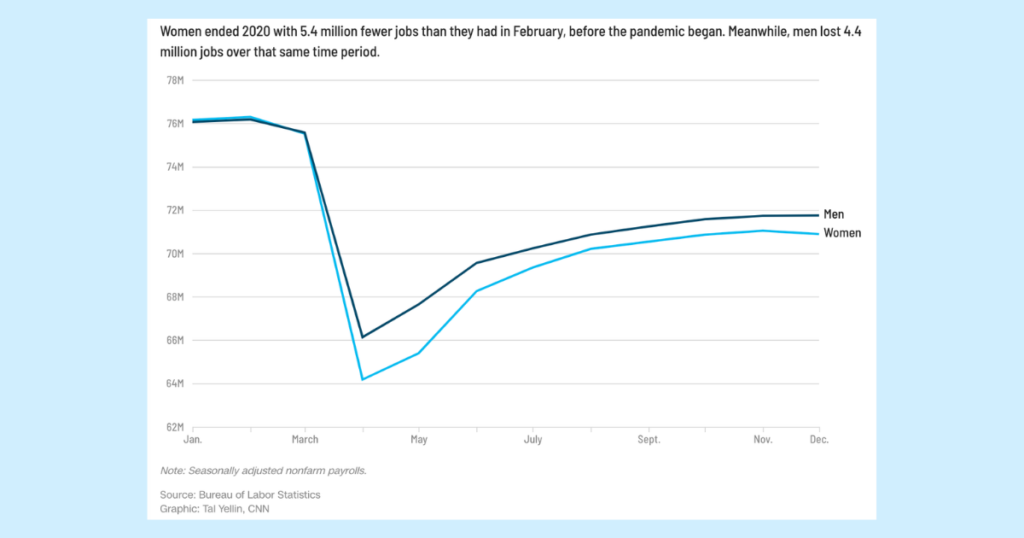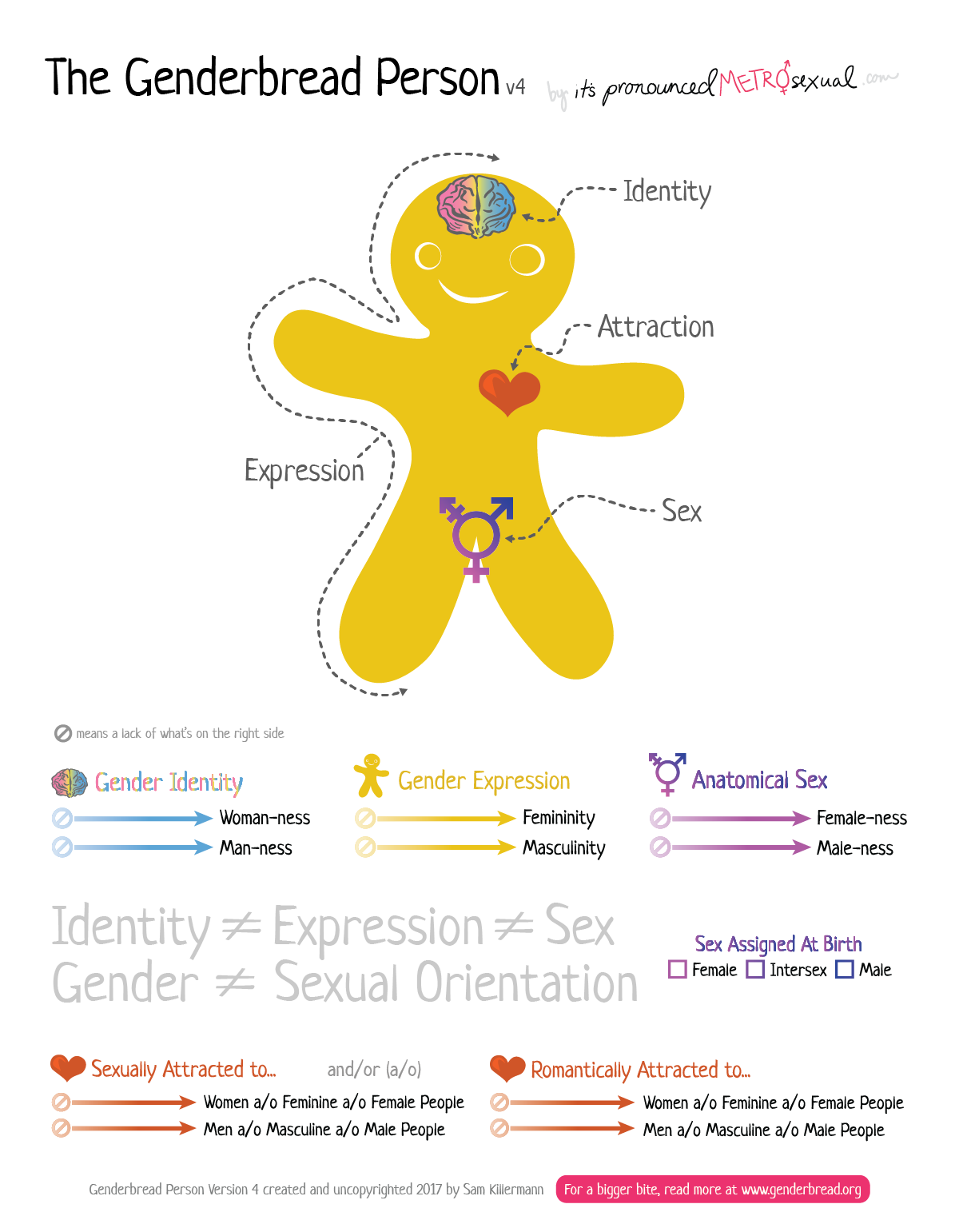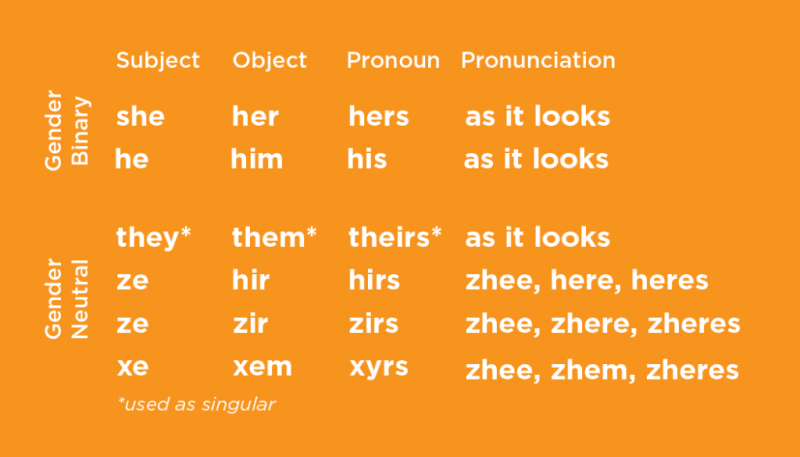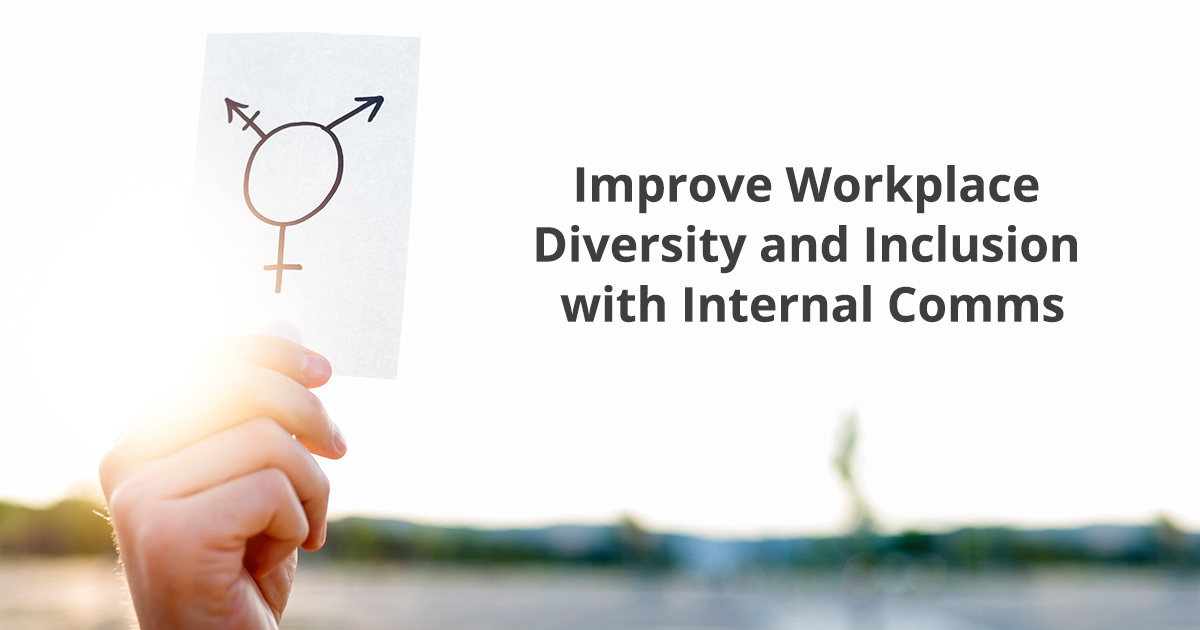The modern workplace is more diverse than ever:
- More women are claiming positions of leadership. Women accounted for roughly 8% of Fortune 500 company CEOs in 2021. It may not seem like much, but consider that, according to Statista, as recently as 1995 there were no female CEOs on the Fortune 500 list.

- The number of workers identifying as "gender-nonbinary" is on the rise. As many as 12% of millennials - the demographic now dominating one third of the workforce - identify as transgender or gender non-conforming by GLAAD’s latest measure.
- Three-quarters of Americans say that it’s very (49%) or somewhat (26%) important for companies and organizations to promote racial and ethnic diversity in their workplace.
But many challenges remain for internal communicators and HR professionals to tackle in their diversity and inclusion communication strategy:
- Men are promoted at 30% higher rates than women during their early career stages.
- White women are paid 81 cents on the dollar compared to their male colleagues. For Black women, that number is closer to 66 cents. For Latinx women it is even lower, at 58 cents.
- In December of 2020, the United States saw employers cut 140,000 jobs. Women accounted for all of the job losses.

As calls for racial justice and equity have dominated recent headlines, diversity, equity, and inclusion (DE&I) policies have been accelerated to the forefront of most workplace communications agendas.

A prominent figure guiding these dialogues is Jaime Klein, Founder and President of Inspire Human Resources. She is a well-known force for change in the HR industry. Inspire Human Resources is an HR consultancy firm that specializes in workplace DE&I policy. In this episode of Communications Academy, we sat down with Jaime to discover her most valuable tips for building a comprehensive DE&I policy.

First things first: What's the difference between diversity and inclusion?
Before jumping in, there’s an important clarification to be made. The dialogue surrounding workplace diversity has been muddied by a conflation of the terms "diversity" and "inclusion."
Where diversity can be understood as a celebration of differences between people, inclusion refers to creating a supportive and respectful environment that encourages and increases the participation of all employees.
Equity, on the other hand, is promoting justice, impartiality, and fairness within the procedures, processes, and distribution of resources by institutions or systems.
In Jaime’s words, “diversity is getting the right people in the door. Inclusion is about people feeling comfortable once they get there.”
⚠️ Listen to the full episode at the bottom of this page! 🎙️
At Inspire Human Resources, Jaime’s team of experts help companies realize that both are imperative for creating more successful, profitable organizations with happier employees. As a result, internal communications have a critical role to play.
To ensure that your internal comms are facilitating a space for honest, inclusive, and informed conversations, be sure to:
1. Educate Your Employees
Older generations in today’s workforce may not be fully educated on some of the topics surrounding the diversity and inclusion discussion. They simply weren’t talked about in the workplace throughout most of their careers. It’s key to educate these employees. Communicators can help them understand how to mindfully participate in the inclusive culture at their organization.
Jaime recommends using the Genderbread Person. This multigenerational teaching tool breaks down the concept of gender into identity, attraction, expression, and sex.
The Genderbread person is an expression. It’s shows how you present gender through your actions, your clothing, your demeanor, and your name. And it displays how this marries or doesn’t marry social expectations.”
Jaime Klein

2. Don’t Rely on One-Sided Communications
Successful D&I campaigns demand conversation.
Understanding on the part of employees requires listening, dialogue, and a space to ask questions. A great way to do so is with a weekly open forum or communications platform where you can host these conversations. Having this opportunity to be candid and human with colleagues is incredibly valuable when normalizing historically sensitive conversations surrounding things like gender, race, identity, and privilege.
As Jaime notes, it's very powerful to have the space to say, “‘I just want to do the right thing and I’m sure I’m going to trip over some of this, but just know that I want to be as supportive as I can.”
3. Use Inclusive Language
Using inclusive language in your internal comms means avoiding words, phrases, or tones that reflect prejudiced views of particular groups. The diversity-attuned dictionary is expanding every day, and it’s important to stay on top of emerging standards.
Striving towards gender-neutrality, for example, might include the slight shift away from referring to a group of people as “guys,” despite the cultural normality of the term, and instead replacing it with “team.”
Having employees add their pronouns to their email signatures or social profiles is another easy way to avoid gender assumptions. It can encourage the normalization of the identification process for everyone.

Targeting these unconscious or unintentional biases is tricky. But regularly evaluating your efforts to use inclusive language can go a long way towards a successful D&I strategy.
4. Get Leadership to Commit to a Diversity and Inclusion Communication Strategy
Paramount to D&I becoming a core aspect of your company culture is a visible commitment from company leaders - a personal initiative to build an inclusive workplace beyond corporate talking points, jargon, and empty promises.
This trend has been growing publicly in the past few years to the point of redefining the status quo. In the spring of 2017, a group of CEO’s spearheaded by Tim Ryan, U.S. Chairman and Senior Partner from PwC, formed the CEO Action Pledge for Diversity and Inclusion, which now has more than 700 CEOs of the world’s leading companies.

That being said, internal action still needs to be made. Leadership needs to engage directly with their employees on the sensitive issues, as employees will take special notice of how they communicate.
5. Utilize Employee Engagement Surveys
Work proactively to constantly improve your policies.
Sending out engagement surveys that capture employee opinions on your current policies are a great way to identify gaps in your D&I strategy, celebrate where you’ve been successful, and determine where to focus future efforts.
Pro Tip: Don't generalize employees. For example, segment your surveys according to parameters like gender, generation, ethnicity, or geography in order to identify issues pertaining to specific groups.
For more tips on building an effective diversity and inclusion communication strategy, listen to our full-length interview with Jaime Klien in the podcast below:
What's the best way to educate my workplace on D&I? How can I get leadership to commit to my diversity and inclusion communication strategy? How can I measure employee satisfaction with current policies?
To find the answer to these questions and more, download our free guide and learn the actionable steps needed to improve your D&I policy!

Read more about employee communication best practices:
- Internal Communication: You Need to Plan a Better Strategy for 2021
- Internal communications Software: What’s Best?
- Employee Communication Apps: 10 Benefits of a Mobile Comms Platform
- Why companies choose Staffbase as their employee communications platform




